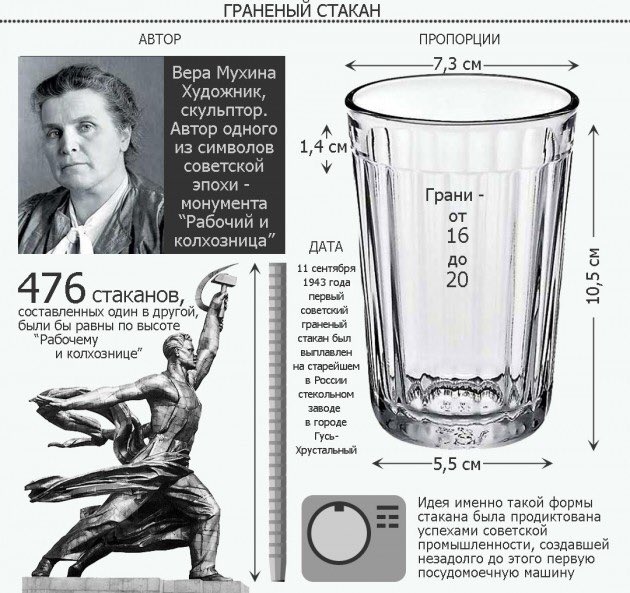I’m planning to buy a car.
I have been planning for an Electrical Vehicle.
So I would like to see how much CO2 I will save compared with a Diesel car. 😃
Have the same tires.
They would have the same driver - me.
The driving pattern would be the same.
First I will quantify the essential parameters with references.
Then I will summarize it all in a spread sheet picture.
Finally I will celebrate the result.
“Passenger car diesel engines have energy efficiency of up to 41% but more typically 30%.”
en.wikipedia.org/wiki/Diesel_en…
The typically 30 % seems reasonable.
It is quantified in the EU regulation on the monitoring and reporting of greenhouse gas emissions Annex VI:
eur-lex.europa.eu/legal-content/…
The emission factor for diesel is 74,1 tonCO2/TJ
“EVs convert about 59%–62% of the electrical energy from the grid to power at the wheels.”
fueleconomy.gov/feg/evtech.sht…
Wow.
I choose 60 % without further consideration

“Generally speaking, T&D losses between 6% and 8% are considered normal.”
renewableenergyworld.com/articles/2007/…
7% seems to be a reasonable value for Transmission and Distribution loss.
Where is the electricity coming from?
I live in Germany.
There is both solar, wind, nuclear, and coal power in the grid.
worldcoal.org/file_validate.…

Wind and solar are already delivering a maximum of what they can provide.
Nothing more to get
“Grid operators are obliged to purchase the entire quantity of renewable electricity with priority.”
worldcoal.org/file_validate.…

worldcoal.org/file_validate.…

“the additional energy used to charge EVs is mainly provided by conventional power plants, and particularly by emission-intensive lignite plants”
wolfpeterschill.de/wp-content/upl…

Solar and wind got priority and is always delivering what it produces.
Nuclear is running at fixed maximum output.
Coal is flexible, and absorb the changes in demand.
worldcoal.org/flexibility-ge…

If I replace my diesel car with an Electrical Vehicle, I have to count in that the electricity demand added by the new electrical car is delivered by a coal plant.
I don´t like it.
It will be hard to convince my wife and children about that.
wolfpeterschill.de/wp-content/upl…
“the additional energy used to charge EVs is mainly provided by conventional power plants, and particularly by emission-intensive lignite plants“
It is quantified in the EU regulation on the monitoring and reporting of greenhouse gas emissions. Annex VI
eur-lex.europa.eu/legal-content/…
Emission factor for Lignite is 101,0 tonCO2/TJ
What a surprise
The CO2 emissions caused by my diesel car is 247 tonCO2/TJ
The CO2 emissions caused by a new Electrical Vehicle would be 489 tonCO2/TJ
(if there is lignite thermal power plants delivering electricity to the grid.)
It seems so.
Her is a peer reviewed paper that essentially comes to the same conclusion:
wolfpeterschill.de/wp-content/upl…

The CO2 emissions would double -
The CO2 emissions would increase by 100 %
I need a drink.
However, the amount of energy does not matter since I am going to compare the CO2 emissions for an Electrical Vehicle with a diesel car for the same amount of energy. I use 1 TJ since the CO2 emission factors are given as tonCO2/TJ )









